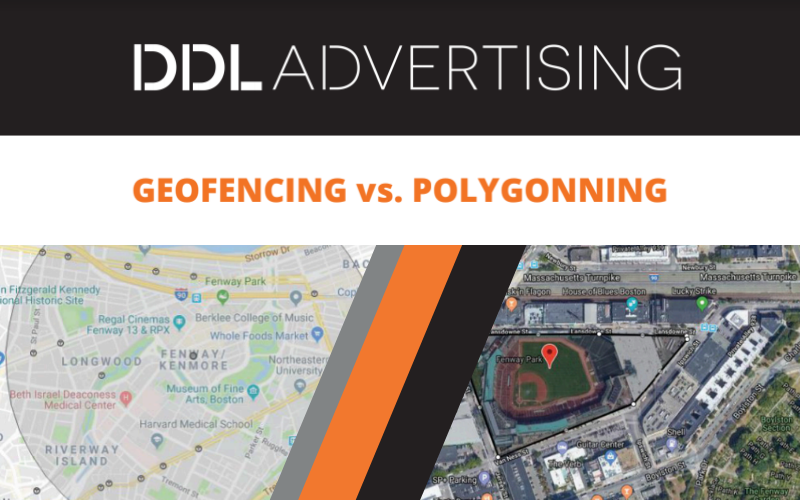Mobile Geofence Example: Fenway Park, Boston MA
Under Armor is your client and they want to target ticket holders at a Boston Red Sox game in Fenway Park. A one-mile geofence around the park not only reaches Fenway itself, but it also is reaching a movie theater, a museum, a hospital, a university, highways… etc. This means that we could be reaching a lot of people within that radius that may not be interested in sporting clothes/gear. While geofencing works really well for several categories or prospects, this may not be one of them. If Under Armor is looking to reach people with specific boundaries we need something more precise…
